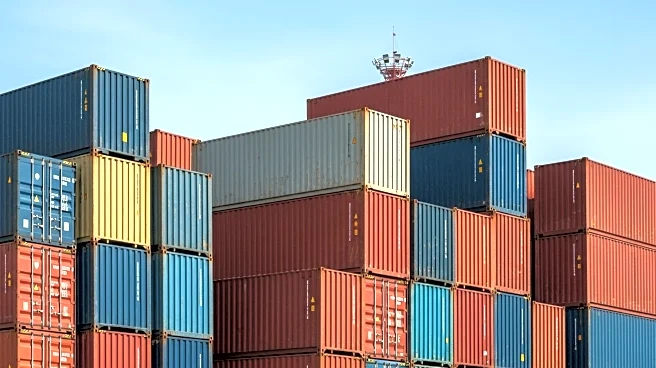What's Happening?
In the face of global supply chain disruptions, experts emphasize the importance of tracking specific metrics to maintain operational efficiency and resilience. Key metrics include inventory levels, lead time variability, supplier capacity, and total landed cost, which encompasses tariffs and shipping costs. Real-time visibility and predictive analytics are crucial for early disruption detection and strategic planning. Industry leaders suggest that focusing on these metrics can help businesses mitigate risks, optimize costs, and build customer trust during volatile periods.
Why It's Important?
Monitoring these supply chain metrics is vital for businesses to adapt to fluctuating market conditions and geopolitical uncertainties. By understanding inventory turnover, supplier performance, and freight costs, companies can make informed decisions that protect margins and ensure continuity. The ability to quickly respond to disruptions and maintain service levels is essential for sustaining competitive advantage and customer satisfaction. As global trade dynamics evolve, these metrics provide a framework for proactive risk management and strategic resilience.
What's Next?
Companies are expected to increasingly adopt advanced technologies like AI and real-time dashboards to enhance supply chain visibility and responsiveness. This shift will likely lead to improved forecasting accuracy and more agile operations. As businesses continue to navigate economic fluctuations, the focus will be on strengthening supplier relationships and diversifying sourcing strategies to reduce dependency on single markets. The ongoing emphasis on these metrics will drive innovation in supply chain management practices.











